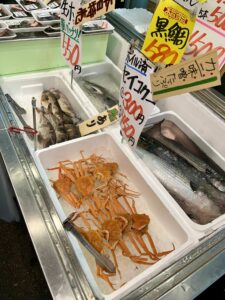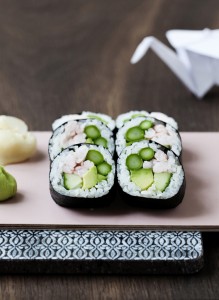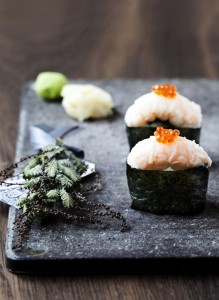
The next many months are the most beautiful period of the year in Europe.
The leaves have sprouted, the weather has become warmer and the bright evenings offer cosiness, lovely food and cool white wine in the garden, on the balcony or in the courtyard.
Sushi is a dish that can be eaten all year round.
On hot summer evenings, it is refreshing to eat tasty food that is not so heavy in the stomach, which embraces the food pyramid and can be enjoyed with white wine and bubbles.
Sushi is a dish which should be enjoyed on weekdays and on weekends. Here, most people will probably think. Yes yes, it will be just too expensive.
I am not talking of buying sushi. I am thinking of homemade sushi, it can do something too.
In the Sushi course for beginners, you will learn the Japanese techniques used to cook perfect sushi rice, prepare fish and vegetables and not least step by step, to make delicious and tasty sushi.
_
Zoë has lectured and held sushi courses for A. P. Moller – Maersk, Hugo Boss Nordic, Novo Nordisk, Novartis, Velux, Gorrissen Federspiel, Beierholm revision, Elbek & Vejrup and many more.





